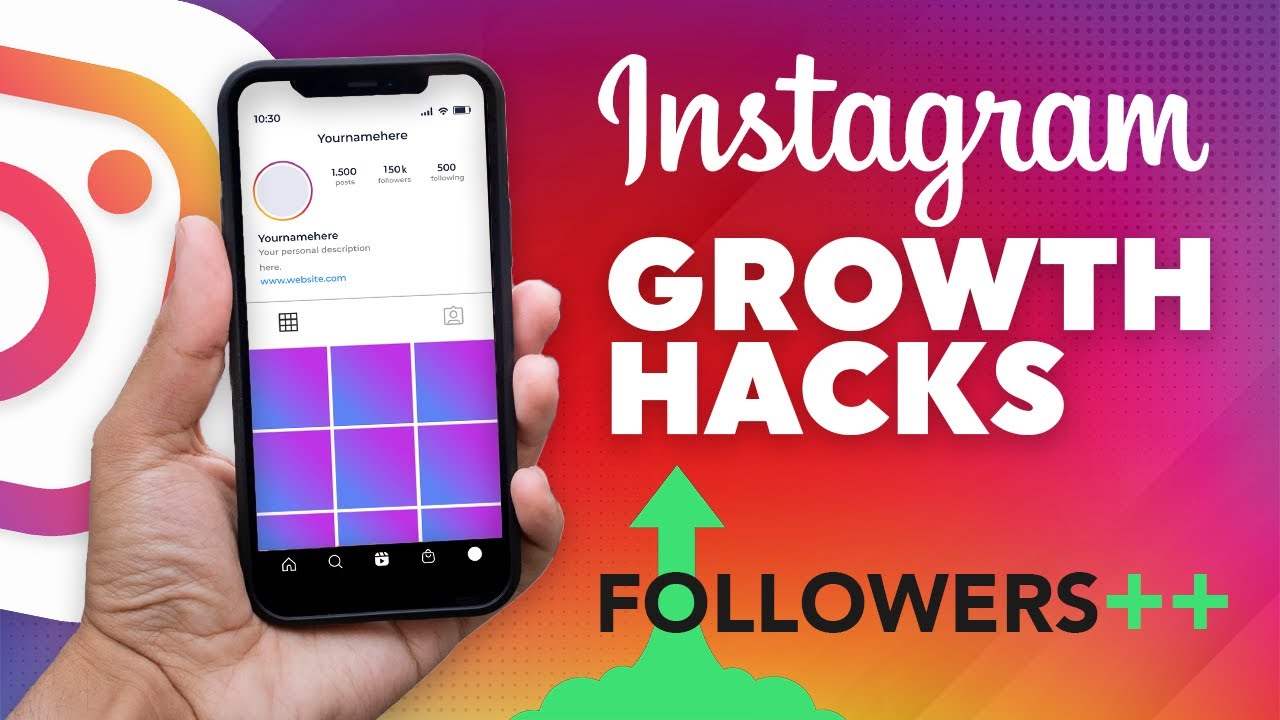Instagram used to be all about pictures. People on the app used to focus on taking stunning photo sets and posting them on their feeds. But today, video is taking over the platform. And there are two key formats people are head over heels for—Instagram Reels and Stories. But which one is better? Let’s deeply dive into the battle of Instagram Reel vs. Story. Reels and Stories have many similarities but boast unique features that make them better than the others in certain situations. Today, we’ll uncover what makes these two vertical, short-form video content formats tick and when you should use them
Instagram Reels and Stories are both powerful tools for creating engaging video content on the platform, but they serve different purposes and offer distinct features. Let’s compare the two formats to understand their strengths and when to use them:
- Instagram Reels:
- Format: Instagram Reels are short-form videos, typically ranging from 15 to 60 seconds in length.
- Features: Reels allow users to add music, text, effects, and stickers to their videos. They also offer features like speed adjustments, timer, and alignment tools for seamless editing.
- Visibility: Reels are prominently featured on the Explore page, making them highly discoverable to a broader audience beyond your followers.
- Engagement: Reels encourage user interaction through likes, comments, and shares, similar to regular Instagram posts. They can also be reposted to your profile grid, providing long-term visibility.
- Purpose: Reels are ideal for showcasing creativity, sharing entertaining content, and reaching new audiences through the Explore page exposure.
- Instagram Stories:
- Format: Instagram Stories are temporary vertical videos or images that disappear after 24 hours.
- Features: Stories offer a wide range of interactive features such as polls, quizzes, questions, countdowns, and swipe-up links (for accounts with over 10k followers).
- Visibility: Stories are displayed at the top of the Instagram feed and are visible to your followers. They can also be featured in the Explore tab for broader visibility.
- Engagement: Stories encourage real-time engagement through direct messages, reactions, and interactive stickers. They offer a more intimate and immediate connection with your audience.
- Purpose: Stories are perfect for sharing behind-the-scenes moments, daily updates, announcements, and interactive content that fosters engagement and authenticity.
In conclusion, the choice between Instagram Reels and Stories depends on your content goals and audience engagement strategy. Reels are ideal for reaching a broader audience with creative and entertaining content, while Stories offer a more intimate and interactive experience for engaging with your existing buy Instagram followers. Incorporating both formats into your content strategy can help you maximize your reach and engagement on Instagram.

Instagram Reels vs. Stories: Comparing Short-Form Video Content Formats
Instagram Reels and Stories are both popular formats for creating short-form video content on the platform, but they serve different purposes and have unique features. Let’s compare the two formats to understand their differences:
- Duration:
- Reels: Reels can be up to 60 seconds long, allowing for more extended and structured video content.
- Stories: Stories are typically limited to 15 seconds per clip, encouraging quick and spontaneous updates.
- Visibility:
- Reels: Reels are displayed in a dedicated Reels tab on the user’s profile and can also appear in the Explore tab, increasing their discoverability to a broader audience.
- Stories: Stories are displayed at the top of the user’s feed and disappear after 24 hours. They are primarily visible to the user’s followers, although they can also be featured in the Explore tab.
- Editing Features:
- Reels: Reels offer a variety of editing tools, including music, text, stickers, effects, and AR filters. Users can also adjust the speed of their videos and align multiple clips for seamless transitions.
- Stories: Stories also provide editing features like text, stickers, and filters, but they focus more on interactive elements such as polls, quizzes, questions, and countdowns.
- Engagement:
- Reels: Reels encourage engagement through likes, comments, shares, and follows. They provide opportunities for users to discover and engage with new creators and content.
- Stories: Stories promote real-time engagement through direct messages, reactions, and interactive stickers. They offer a more intimate and immediate connection with the user’s audience.
- Content Strategy:
- Reels: Reels are ideal for sharing entertaining, creative, and visually appealing content. They are often used for showcasing talents, DIY tutorials, product demonstrations, and behind-the-scenes glimpses.
- Stories: Stories are well-suited for sharing spontaneous updates, daily activities, announcements, and interactive content that fosters engagement and authenticity.
In summary, Instagram Reels and Stories offer distinct opportunities for content creation and audience engagement. Reels are more structured and focused on creative storytelling, while Stories provide a platform for authentic, real-time communication with followers. Incorporating both formats into a content strategy can help creators maximize their reach and engagement on Instagram.
Also Read : Mastering Instagram Likes: A Comprehensive Guide

Instagram Post vs. Story vs. Reel: Understanding the Differences
Understanding the differences between Instagram posts, stories, and reels is essential for creating diverse and engaging content on the platform. Let’s break down each format:
- Instagram Post:
- Duration: Instagram posts are permanent and remain on the user’s profile unless deleted.
- Format: Posts can include single images, carousel posts (multiple images or videos in one post), or videos up to 60 seconds long.
- Visibility: Posts appear in the user’s profile grid and followers’ feeds. They can also be discovered through hashtags and the Explore tab.
- Engagement: Users can like, comment on, save, and share posts. Posts can also be reshared to Instagram Stories or direct messages.
- Instagram Story:
- Duration: Stories are temporary and disappear after 24 hours, although users can save them as highlights on their profile.
- Format: Stories consist of short videos, images, or text slides that play sequentially.
- Visibility: Stories are displayed at the top of the user’s feed and are visible to followers. They can also be featured in the Explore tab for broader visibility.
- Engagement: Viewers can react to stories with emoji reactions, send direct messages, answer polls, quizzes, or questions, and swipe up on links (if eligible).
- Instagram Reel:
- Duration: Reels are short-form videos, up to 60 seconds long, and are permanent unless deleted by the user.
- Format: Reels offer various creative editing tools, including music, text, stickers, effects, and AR filters.
- Visibility: Reels are displayed in a dedicated Reels tab on the user’s profile and may also appear in the Explore tab for wider exposure.
- Engagement: Viewers can like, comment on, save, and share reels. Reels also offer opportunities for creators to collaborate and engage with trends.
In summary, Instagram posts are permanent, static content that appears in the user’s profile grid and followers’ feeds. Stories are temporary, ephemeral content designed for real-time updates and engagement. Reels are short-form, creative videos that offer a range of editing tools and opportunities for discovery and engagement. Combining all three formats allows users to create a well-rounded and engaging presence on Instagram.

Determining When to Use Instagram Reels or Stories for Your Content
Deciding whether to use Instagram Reels or Stories for your content depends on several factors, including your goals, content type, and audience engagement preferences. Here’s a guide to help you determine when to use each format:
- Instagram Reels:
- Creative Content: Use Reels when you want to showcase creative and visually engaging content. Reels allow you to leverage various editing tools, music, effects, and AR filters to create captivating short videos.
- Entertaining and Educational Content: Reels are ideal for sharing entertaining or educational content in a concise and engaging format. You can use Reels to entertain your audience, share tutorials, tips, or behind-the-scenes glimpses.
- Trending Challenges and Trends: Take advantage of popular challenges, trends, or viral content on Instagram by creating Reels that align with them. Participating in trending topics can help increase your visibility and engagement.
- Discoverability: Reels offer opportunities for broader discovery, as they can appear in the Explore tab and reach users who don’t follow you. Use Reels to attract new followers and expand your audience reach.
- Instagram Stories:
- Real-Time Updates: Use Stories for sharing real-time updates, daily highlights, or spontaneous moments. Stories are designed for ephemeral content that disappears after 24 hours, making them perfect for sharing timely updates.
- Engagement and Interaction: Stories encourage audience engagement through interactive features such as polls, quizzes, questions, and emoji sliders. Use Stories to spark conversations, gather feedback, or conduct Q&A sessions with your audience.
- Behind-the-Scenes Content: Share behind-the-scenes content, sneak peeks, or exclusive previews with your audience through Stories. Stories offer a more casual and authentic way to connect with your followers.
- Promotions and Announcements: Use Stories to promote upcoming events, product launches, sales, or special announcements. Stories allow you to create urgency and excitement around your promotions with features like countdown stickers and swipe-up links (for eligible accounts).
Ultimately, the decision to use Instagram Reels or Stories depends on your content strategy, audience preferences, and the specific message or goal you want to convey. Experimenting with both formats and analyzing their performance can help you determine which format resonates best with your audience and achieves your objectives.













